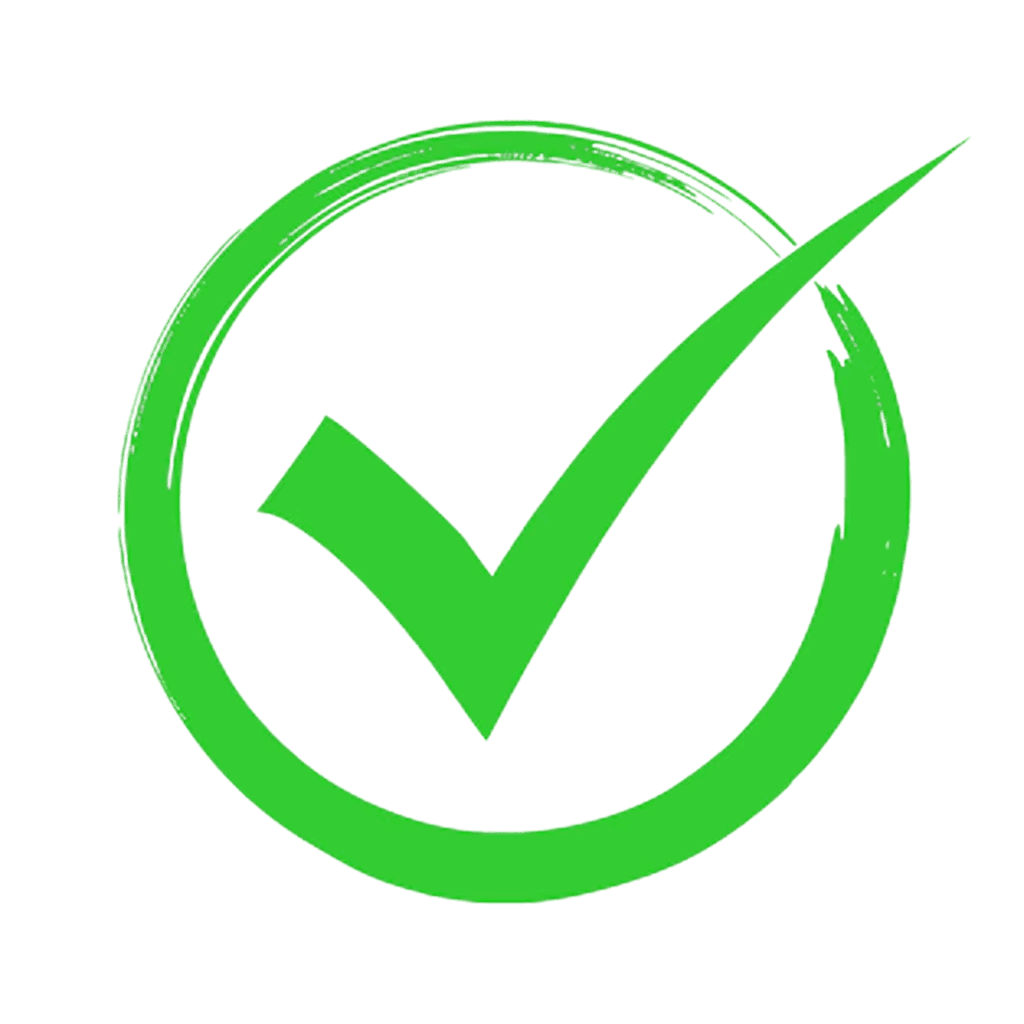The world is full of valuable assets – from laptops in offices to heavy machinery in factories. Keeping track of these assets can be quite a challenge. That’s where asset tracking software comes into play. It’s a vital tool that helps organizations monitor, manage, and protect their valuable resources. In this blog, we’ll explore the world of asset-tracking software, understand its significance, and discover how to make the right choice for your needs.
Before we dive in, let’s take a quick look at some numbers that highlight the importance of asset-tracking software:
- The global asset tracking market is expected to grow to $36 billion by 2027.
- 56% of businesses use asset tracking software to improve their operational efficiency.
- 82% of companies believe that effective asset management gives them a competitive edge.
Clearly, asset-tracking software is more than just a trend; it’s a necessity in today’s business world.
Importance of Choosing the Right Asset Tracking Software
Selecting the right asset-tracking software is crucial for several reasons:
1. Efficiency:
It streamlines operations by helping you locate assets quickly, reducing downtime and boosting productivity.
2. Cost Savings:
Proper asset management means fewer losses, repairs, and replacements, saving you money in the long run.
3. Security:
It enhances asset security by tracking their whereabouts and deterring theft or misuse.
4. Compliance:
Asset tracking software can help you comply with regulations and audits by maintaining accurate records.
Asset Tracking & Capabilities
Asset tracking software is more than just counting items. It’s about monitoring and managing assets throughout their lifecycle. Here’s what you should be able to track:
1. Location:
Pinpoint where your assets are at any given moment, whether they’re in a warehouse, on the road, or in the field.
2.Condition:
Monitor the health and performance of your assets, especially for machinery and equipment.
3. Maintenance:
Schedule and track maintenance tasks to prevent breakdowns and extend the life of your assets.
4. Utilization:
Analyze how often assets are used to optimize their allocation and reduce idle time.
5. Depreciation:
Keep tabs on the depreciation of assets for financial and tax purposes.
Customization & Extensibility of Software
Every business has unique needs, so your asset-tracking software should be flexible. Look for software that allows you to customize fields, forms, and reports to match your specific requirements. It should also be extensible, allowing you to integrate it with other systems or add new features as your needs evolve.
Remote Monitoring
In a world where businesses operate across locations, the ability to remotely monitor assets is invaluable. Your asset tracking software should offer real-time updates and alerts, so you can stay informed about asset movements and conditions, even when you’re miles away.
Important Features
When evaluating asset tracking software, consider these essential features:
1. Barcode/RFID Scanning:
Simplify data entry and asset identification with barcode or RFID scanning.
2. Reporting and Analytics:
Gain insights into asset utilization, maintenance schedules, and more through robust reporting and analytics tools.
3. Mobile Accessibility:
Ensure that the software can be accessed and used on mobile devices for flexibility in the field.
4. Integration:
Look for software that integrates with your existing systems like ERP or IoT platforms.
5. User-Friendly Interface:
A user-friendly interface makes it easier for your team to adapt to the software quickly.
Thingsup Track – Asset Tracking Made Easy
Thingsup Track is an asset tracking software that simplifies asset management. Designed to meet the needs of businesses of all sizes. These are some of the reasons why it stands out:
1. User-Friendly:
Thingsup Track boasts an intuitive interface that requires minimal training, making it accessible to all team members.
2. Customization:
You can customize fields, forms, and reports to match your specific asset tracking requirements.
3. Mobile App:
With the mobile app, your team can update asset information on the go, improving efficiency.
4. Integration:
It seamlessly integrates with 3rd party database integration.
5. Security:
Thingsup Track offers robust security features to protect your asset data from unauthorized access.
Conclusion
Choosing the right asset-tracking software is essential for efficient operations, cost savings, and security. Make sure your chosen software can track location, condition, maintenance, utilization, and depreciation. It should be customizable, extensible, and offer remote monitoring capabilities. Look for key features like barcode scanning, reporting, mobile accessibility, and integration.
With the right software in place, you can streamline your operations and stay in control of your valuable assets, ultimately boosting your organization’s efficiency and bottom line.






